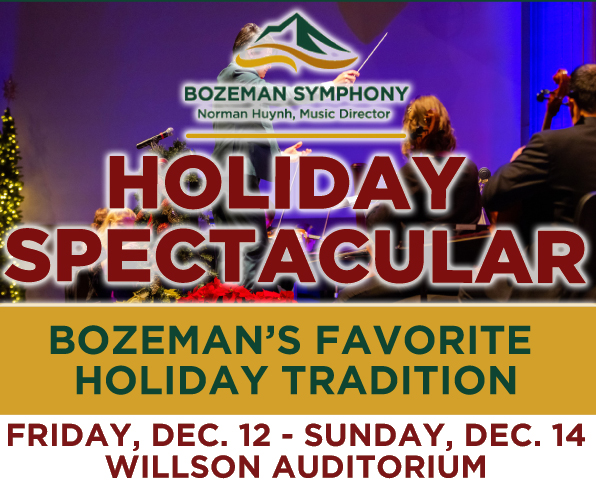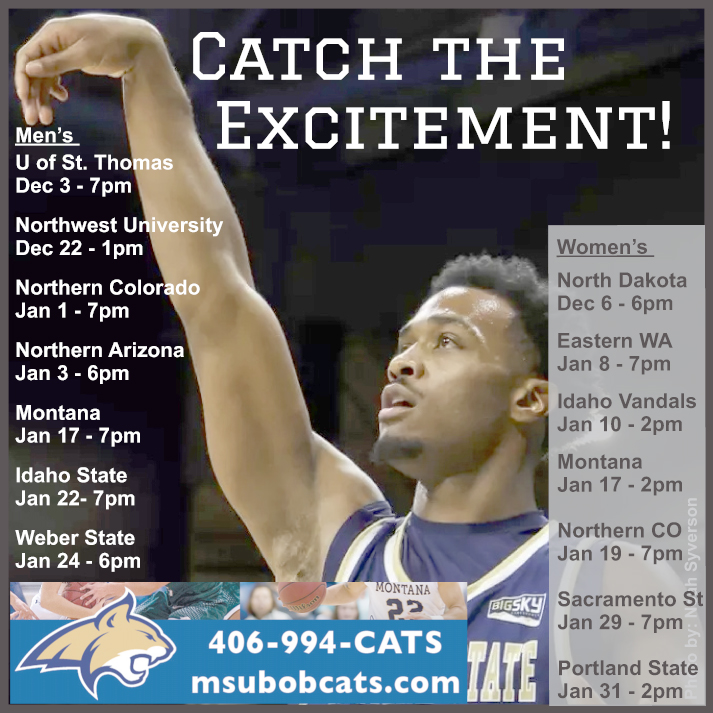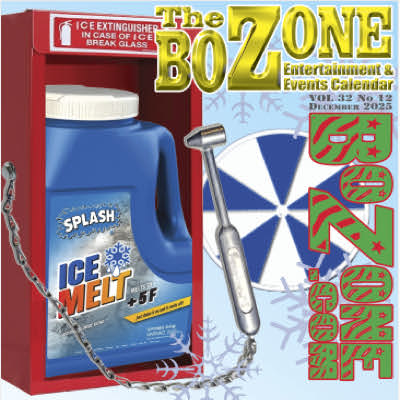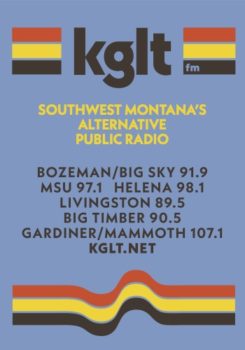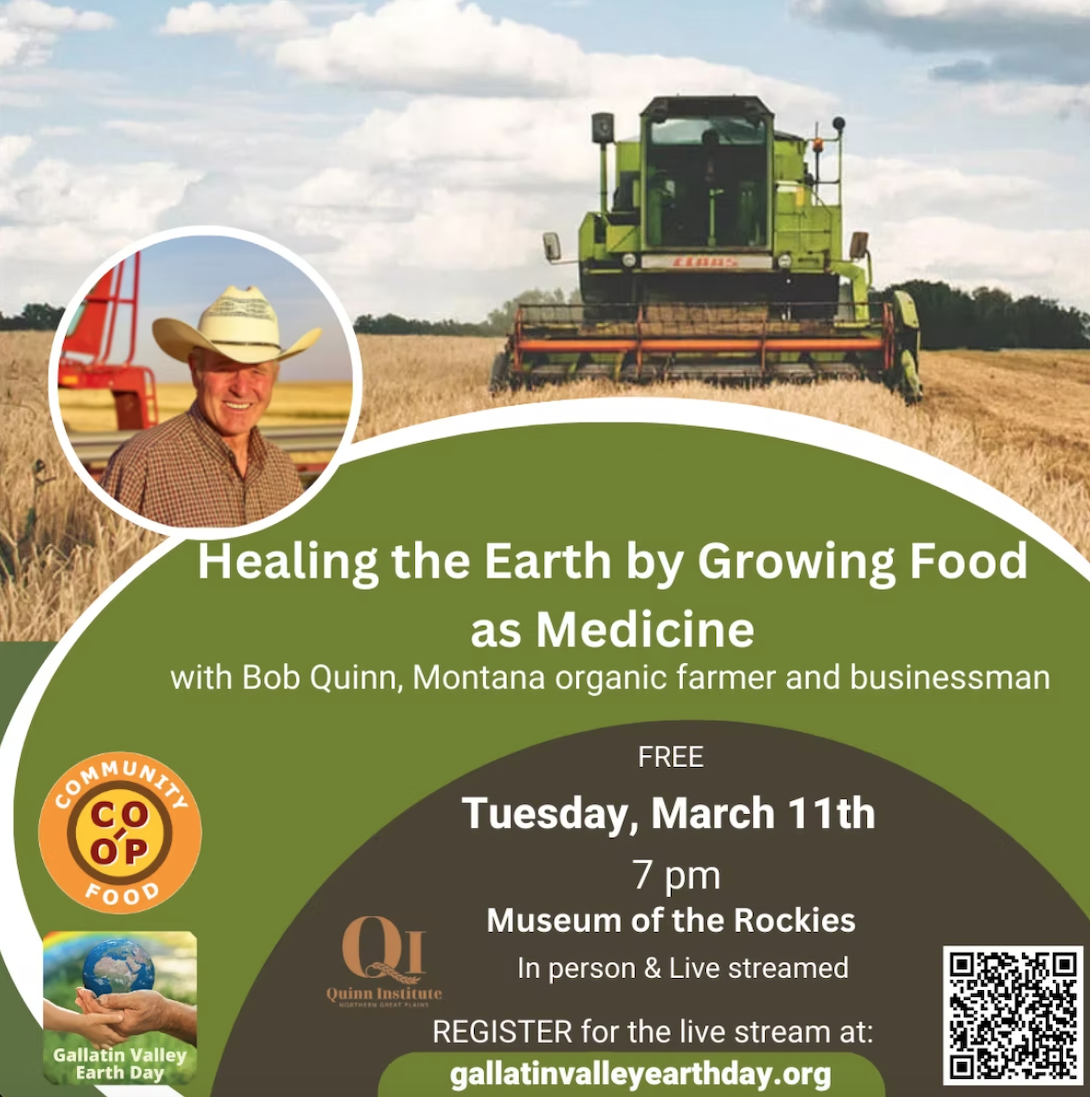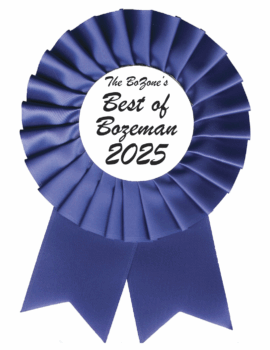NorCal troupe merges kaleidoscopic histories to create sound all its own
On Saturday, June 17th, The Bozeman Folklore Society once again joins forces with Bozeman City Parks and Recreation to present a unique and entertaining evening of acoustic music in the lovely and historic setting of the Story Mansion as part of its “Pickin’ in the Park” music series.
Northern California-based Nell Robinson & Jim Nunally Band are touring the northwest in promotion of their new album, Baby Let’s Take the Long Way Home, and Bozeman is lucky to snag them in for a show.
The band brings five genre-busting artists together to bring joyful music infused with folk, bluegrass, Americana, roots, swing, jazz, and the blues. Alt-roots, folkbilly — whatever you call it, it’s original, well done, and a pleasure to hear. With a seamless blend of bluegrass inspiration, original material, and classic country gems, this album begins a new journey for the Bay Area musicians. Friends since 2009, Robinson and Nunally teamed up for a number of projects before falling in love. For their new album, they rustled up what became their dream team: pedal steel player Pete Grant (The Grateful Dead, Guy Clark), bass fiddle player Jim Kerwin (David Grisman, Red Allen), and percussionist Jon Arkin (Lee Konitz, Gene Perla).
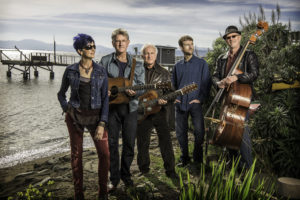
In anticipation of their Bozeman show, The Rolling Zone was able to get Jim on the phone to talk historical inspirations, fusing genres, and the latest chapter in a decades-long career built on an adoration of music.
RZ: Hey Jim. How are you today?
JN: I’m doing good, thanks.
RZ: The two of you, along with three other musicians, have coalesced your talents in creation of this band. Who is this group and how did it come together?
JN: It’s an interesting story. Nell had put together a CD called The Rose of No-Man’s Land, and we did these tours with Ramblin’ Jack Elliot. The band that had been used for the record, they were pretty much the band for some touring but then some members couldn’t make it. We started putting together a band with some musicians I knew, [and] while we were on tour we decided to put together a little country music set to open the show with. Since then we’ve been playing with the same band, and the players are all just amazing musicians who’ve been in the business a long time.
RZ: What can Bozemanites expect to experience at your Story Mansion show on June 17th?
JN: Well I’ve been playing professionally for a long, long time, but I’ve been mostly in the bluegrass world. I’ve played in Bozeman and Big Sky quite a few times, in that region, with John Reischman and the Jaybirds, The David Grisman Bluegrass Experience and other bands. It’s nice to go back with Nell and our own band. It’s really nice to be able to play our own music and feel like it really holds up against any commercial music you’re gonna hear. Fresh music and our own sound — the combination of acoustic bass with the pedal steel is a sound you don’t get to hear very often. With original songwriting and these arrangements, each of these songs has its own voice.
RZ: You and Nell have had your fair share of independent ventures, but this era sees you fronting an eclectic band of performers. How has this conglomeration of artists diversified your sound?
JN: We have, I think, these folks who’ve played lots of different styles of music. Jim Kerwin, the bassist, [also] played with David Grisman [who] started a whole genre called ‘Dawg music.’ That style has these steep elements of bluegrass and jazz. One of the unique things about David’s music is they’re highly arranged songs. And that’s what [Kerwin] brings into this band, a virtuosity where he can solo — we can pass solos around in the band, those guys will all solo on tunes. Improvisationally, it’s really nice [to] look over and say, “Take it.” They bring in that element of musicianship where they’re so skilled, they can play off the cuff solos but also arrangements of the tunes.
RZ: Definitely a bonus.
JN: Then the thing about Pete Grant, he’s played with everybody from Vince Gill and Hoyt Axton to The Grateful Dead. He has this background of playing rock ‘n’ roll and country music, so he’s really well versed. And interestingly enough, he plays Irish music on the pedal steel. He’s really a versatile guy.
RZ: Wow. That’s cool.
JN: Then Jon Arkin, the drummer, he studied jazz in Florida and moved to California and had been teaching in Berkeley. I had a recording studio and he came in on a jazz session, and I heard him play. He didn’t make a single mistake through like thirteen songs. It was perfect and I thought, “Man, I wanna play with this guy.” He’s such an amazing player. He has this groove that’s really great for the fast, up-tempo bluegrass tunes we play. Come to find, his father, Steve Arkin, played banjo with Bill Monroe and the Blue Grass Boys. I attribute the fact that Jon kind of intuitively inherited that ability from hearing his dad play when he was a kid.
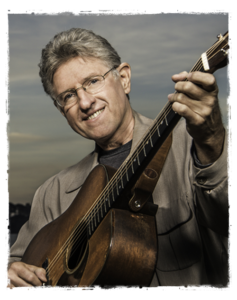 RZ: Absolutely. And speaking of deep-rooted legacies, your own father taught you how to play. How has the lifelong presence of instrumentals shaped a career with so many musical projects to its credit?
RZ: Absolutely. And speaking of deep-rooted legacies, your own father taught you how to play. How has the lifelong presence of instrumentals shaped a career with so many musical projects to its credit?
JN: Growing up around music, I think the part for me is kinda like if you think of something you learned as a kid from your parents, anything, and became good at it. That’s kind of the beauty or benefit of learning that type of thing, whatever it may be. When I think of things my mother taught me as a kid, or my dad taught me other than just music, I think about how you can learn to excel because you had a sturdy hand on it at an early age. Most of the musicians I know who learned like that, they did have a hand up, but that isn’t to say lots of great musicians didn’t have any music in their house. And a lot of times it’s good to have an open mind and not necessarily have a background that guides you there first.
RZ: You’re touring in support of your brand new album, Baby Let’s Take the Long Way Home. Tell me a little about this collection.
JN: We had recorded a bunch of the songs for a PBS special, which is just about ready to air. It was a live show, and the music sounded so good we thought, “Heck, let’s make a CD from this.” The interesting thing is more than half of the tracks are live. Then we started recording some stuff in the studio — as we write these songs, we start going in and recording them. The combination of those songs creating [what] I like to have, these images on an album. They take you places, you know. This theme, ‘Baby Let’s Take the Long Way Home,’ it’s not just that song but also these other themes that are throughout the record.
RZ: And of those images. You surely have some fond memories associated with making the various cuts from this album. Could you share an anecdote?
JN: Well, I like that title track [laughs]. It’s the most pop-sounding, but it’s really something I like to do, if we’re driving some place and there’s time to take it slow. Around here in the Bay Area, and in Southern California or any major metropolis you go through nowadays, the congestion is just overwhelming. Getting away from that grind of the city, that’s what that song is about. That message of getting off the highway and taking the backroads, we do it all the time to just not be stuck in the same old route.
RZ: Correct me if I’m wrong, but when you think of bluegrass, or perhaps in your case ‘alt-roots,’ you don’t immediately think of the Bay Area. How does that particular Northern California scene stack up with some of the other areas you’ve performed?
JN: That’s an interesting question. On the record, let’s say you listen to “Hillbilly Boy.” The message of the song, the Dust Bowl farmers came to California just to find work. When I went to write it, I really wanted to pay tribute to these folks who came and not only influenced California music, but country music in general. Those are Buck Owens and Dottie West and Merle Haggard and Wynn Stewart, and all these people that were coming out of Bakersfield who were pioneers of a sound, they called it the ‘Bakersfield sound.’ And Maddox Brothers and Rose, they were another, and hugely influential to rockabilly music. They were called ‘America’s Most Colorful Hillbilly Band.’
RZ: Ah yes.
JN: The migration of the music from Oklahoma, Arkansas, Alabama, Texas — as it moved across, they brought these elements to California. These people went all over the state looking for work, and brought with them their music [and] combined it with other music, [even] some from around here. On “Hillbilly Boy,” I tried to not only just write a song about it, but the riff that’s in there is paying tribute to Merle Haggard and Buck Owens. So if you’re in the Bay Area, you know there’s a certain historical element [to the music]. The stuff that did come out of here, besides country music, were huge rock ‘n’ roll influences. There’s an interesting history, but it’s not what you would consider to be ‘the hub’ like Los Angeles, Nashville, and New York.
RZ: There’s much more of a historical background than probably many imagine.
JN: Yeah. There’s an interesting amount of music here. Like so much of the Bay Area, culture in general, it’s a pretty big mix.
RZ: This album was just released, but have you already started thinking about what comes next? What are your plans for the near future?
JN: Nell and I are writing new music all the time, and we have almost enough music to start recording a new album. Plus, we did this other record called House & Garden and there’s a lot of material on there we really like but aren’t performing because we haven’t arranged it with this band. That record was done strictly as a duo, me on guitar and two voices. It’d be really great to get some of that going within the band. But besides that, we have enough material for a new album and we’re trying to decide which way to go with it. On the Nell & Jim website [www.nellandjim.com], there’s a couple songs — “Man at the Mill” and “I’m Brilliant” — that were recorded with one microphone, live, no edits. That’s kind of the way we were thinking about doing the next record. We like cutting live with no editing, that’s fun. It’s fun and you get a certain spontaneity, a certain mix that you don’t get on some multi-track recordings. There’s more of a magic in that type of recording.
RZ: The rawest form. Best of luck with that new album and safe travels for your upcoming tour, you picked a great time to come visit us.
JN: I was looking at the routing last night to get into Montana, wondering if we would have time to drive because it’s such a beautiful time of year to head out that way.
RZ: That it is.
Nell Robinson & Jim Nunally Band’s Story Mansion performance is set for Saturday, June 17th at 7:30pm. Doors at 7pm. General admission is $20. Advance ticket purchases are available for $17 at Cactus Records, 29 W. Main St. or www.cactusrecords.net. The Story Mansion is located at 811 S. Willson Ave. For more information, call Rik James at (406) 586-4123. Please visit www.bozemanfolklore.org for all BFS concert and dance information. •
